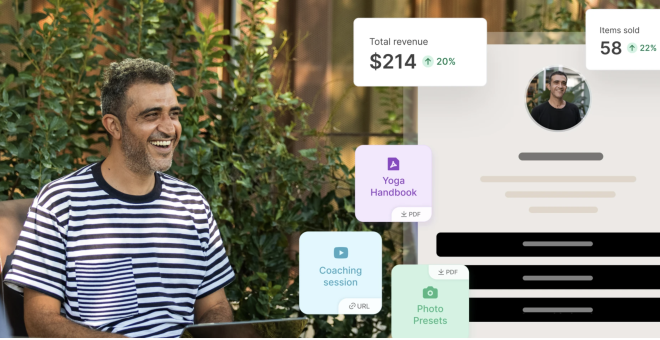How to successfully start and run a paid newsletter subscription
 Marta and Gabija, email deliverability team.
Marta and Gabija, email deliverability team.
Yes, you read that headline correctly. People are willing to pay for your newsletter. But if you want your paid newsletter to be successful, there are a few steps you need to take...
Paid newsletters generate recurring revenue—meaning once a subscriber signs up, you get paid every month until they cancel! But like any successful business, it takes hard work to develop your newsletter idea and entice readers to subscribe to your service as you grow your customer base.
In this article, you’ll learn all the steps to starting your own paid newsletter subscription service
What are paid newsletters?
Paid newsletters are email newsletters containing premium content that people can only access with a paid subscription.
These newsletters typically contain valuable content that subscribers can’t get anywhere else. This could be data, in-depth analysis or reports, breaking news stories, valuable educational articles, or any other kind of exclusive content.
The 2 main benefits of running a paid newsletter are that they bring in recurring revenue and you can sell to an almost infinite number of readers without having to create more content.
The hard part is actually creating content that people are willing to pay for. But we’ve got plenty of ideas you can use to help in this article.
What’s the difference between free and paid newsletters?
The price tag, of course! But also the perceived value of the newsletter. Now, if you’ve been reading MailerLite’s blogs, you know we’re huge advocates of offering value in every single email campaign. But with paid newsletters, you have to go above and beyond, over-deliver on your promise, and offer truly premium content.
But what makes some content worth paying for? The answer isn’t simple, but here are some examples of paid newsletter content to inspire you.
Interviews or podcasts
Case studies
Learning materials (like PDFs)
Personalized advice/coaching
Live streams
Market reports
Ask me anything sessions
Early access to content
Member-only events
Slack community access
Longform essays
Office hours for readers
Trend forecasts
Those are just some ideas to get you started. Once you’ve got your idea locked down, it’s time to set up the tech to collect subscriptions and deliver your paid newsletter content.
How do I set up a paid newsletter subscription?
It’s a lot easier than you think! With a tool like MailerLite and a simple Stripe integration, you can be selling digital products in no time.
Step 1. Create a schedule
Just like any paid service, people want to know beforehand what they’re signing up for.
When monetizing your newsletter, decide on a schedule for your emails. Is it your full-time gig or a side project? This influences whether you’ll send a monthly, weekly or daily newsletter (or somewhere in between).
Having a schedule with the frequency, days and time makes it easier for your subscribers to know what to expect—and it keeps you accountable.
If you’re worried that you might not stick to your schedule, batching your paid newsletter content can give you peace of mind. Batching your content involves writing multiple newsletters and scheduling them in advance. This way, if you get unexpectedly busy, you know your paid subscribers are already taken care of. It can be a lot of work upfront, but it’s worth it in the long run.
With MailerLite’s time zone feature, you can deliver your newsletter at specific times in the time zone your readers are based in.
Step 2. Decide on your pricing model
Your pricing depends on what you offer, to whom and how often you send newsletters. A daily newsletter containing exclusive reports that help investment bankers make smarter decisions will typically cost a lot more than a weekly one filled with opinion pieces about a local sports team.
To decide on your price, research competitors and compare your idea to existing paid newsletters in your niche. And of course, pick a price you feel comfortable with.
You can also offer both monthly and annual plans. Offering an annual plan encourages people to spend more up front in return for a discount on the overall cost. This can boost revenue, but it requires you to commit to your paid newsletter service for at least 12 months after each new subscriber signs up. Be sure that you are comfortable with this before offering a yearly subscription.
Many successful paid newsletters also have a free version. This helps people get to know your brand and builds trust among your audience.
Plus, you can advertise your premium content in your free newsletter to increase conversions. Add snippets of your paid content or outline the exclusive benefits available for paying subscribers.
You can use dynamic content blocks in MailerLite to advertise your paid subscription to free subscribers only. This way you won’t annoy your paying subscribers with promos for your paid content which they already pay for.
Step 3. Set up MailerLite and Stripe
Now we get to the practical part! Let’s first create the two accounts you need.
If you’re starting your paid newsletter business as an individual (not a business), you can select the sole proprietorship option when activating your Stripe account.
To use Stripe’s credit card payment system with MailerLite, you first need to connect the two services. You can do this in the Integrations part of your MailerLite dashboard.
Once connected, add your newsletter subscription as a product in your Stripe dashboard. Add the name, description, price, image and choose the option for recurring pricing.
After saving your product in Stripe, you can add it to any MailerLite landing page or email with our Products block.
When you add the product to a page, you can choose what happens in MailerLite when someone buys the product.
When creating a paid newsletter, select the option to update a custom field or add the buyer to a group for paid subscribers. This lets you identify which people on your list have signed up for your paid newsletter and then send them the premium content.
You also need to set up what happens when someone cancels the subscription. Choose the update custom field or remove from group option so they stop receiving your paid newsletter. Watch the video below or click here for complete instructions about using MailerLite and Stripe.
Step 4. Build a landing page
We recommend creating a new landing page to promote your paid newsletter. With MailerLite, you can send email campaigns, build landing pages, and even design entire websites (with our website builder). For the URL, you can use your own custom domain.
On your premium newsletter landing page you can introduce your digital product, convince people of its value, and introduce yourself or your brand. Customer reviews can help to strengthen your pitch (a testimonial building block is available in the editor).
To integrate your paid newsletter, go to the Elements section in the left sidebar. Find the Products block in the Special category and drag it onto your landing page. In the block settings on the right, click Add products from your store and choose your Stripe store from the drop-down. Select your newsletter and click Add Products.
It takes a few seconds to set up a paid newsletter and have it ready for purchase right there on your landing page!
Each new paid subscriber will automatically receive a summary email that confirms their newsletter subscription.
In your Stripe dashboard, you can edit the Billing and Payment settings—such as your branding or whether newsletter cancellations are effective immediately or at the end of the current billing period.
Follow along in the video below to learn how to implement Stripe product and subscription blocks in your landing page.
Step 5. Use an automation to turn free subscribers into paying customers
When it comes to converting free email subscribers into paid ones, email automation is your secret weapon. With a strategic lead nurturing sequence, you can leverage automation to nurture relationships and guide your audience seamlessly toward becoming paying customers.
Start by personalizing your content and tailoring it to their interests, preferences, and behaviors. Segment your subscribers to deliver targeted messages that address their specific pain points and offer compelling solutions.
Utilize automated workflows to provide educational content, exclusive offers, and social proof that build trust and highlight the value of a paid subscription. With automation, you can effortlessly forge meaningful connections, drive conversions, and take complete control of the full revenue potential of your email list.
Here’s a lead nurturing sequence example to take a newly minted free subscriber to a paid reader:
Welcome email: This is your moment to really shine! Let them know what they’ve signed up for, how often they’ll be hearing from you, and deliver any gated content they’ve signed up for. Finally, this is a great opportunity to ask them why they signed up to help you learn more about their interests.
Share your story: Why are you writing this newsletter? What inspired you to start? What keeps you motivated? And most importantly, why are you an authority on this subject? This email will help build trust in your reader.
Share your greatest hits: Introduce your paid newsletter to them and give them a taste by sharing access to 1-2 of your most popular paid newsletters. This will let them see the real value of your paid content.
Share a testimonial: If they haven’t converted yet then send them an email with a couple of testimonials from your paid subscribers that really highlight the value they get from your newsletter
Bonus tip: You can connect MailerLite with a tool like Deadline Funnel to introduce limited-time offers to new subscribers to drive urgency and encourage them to sign up now rather than later. Give these offers a short time window like 48 hours.
Step 6. Promote using your newsletter archive
After you’ve sent a couple of paid newsletters, a good way to promote your premium newsletter content is by showing readers examples.
To do so, you can use the newsletter archive block within the landing page and website builder. This block will either show up to four recent newsletters or editions you manually pick.
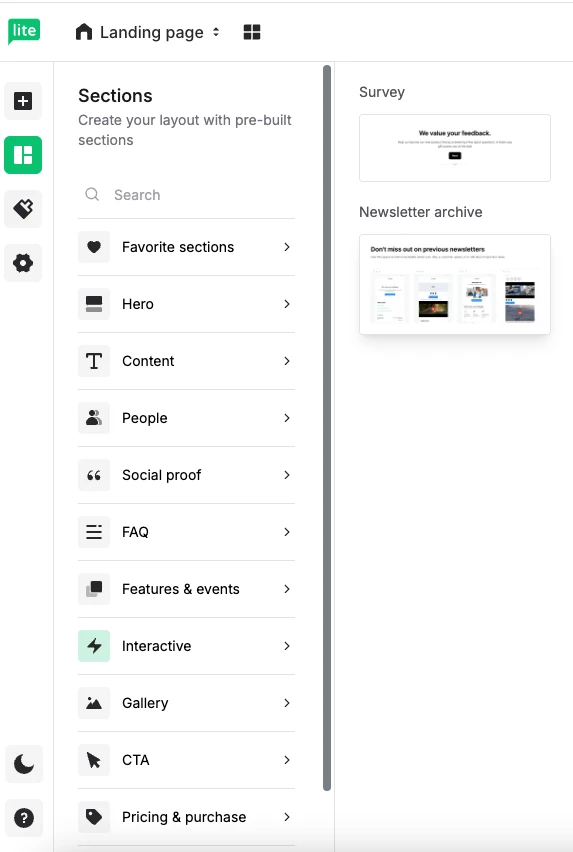
If you want to offer your full newsletter archive as an option for premium subscribers, you can build a separate landing page and lock this page with password protection.
The password can be shared with subscribers after they’ve signed up for your paid newsletter service, for example in an automated welcome email series.
Paid newsletter examples that subscribers happily pay for
Let's have a look at five existing, successful paid newsletter services to get you inspired!
Neoseed.io
MailerLite customer Yvan Derogis spends his days working as a project manager for a large furniture manufacturer. At night, he’s the founder of Neoseed.io, a newsletter side hustle that shares successful U.S.-based businesses people can replicate in their home country.
He publishes his newsletter weekly and he’s generated hundreds of paying subscribers, generating thousands of dollars of extra income on top of his salary as a project manager.
Yvan’s free newsletter shares 2 complete business ideas. This provides a lot of value and keeps free subscribers opening his messages. These newsletters also include a teaser of what people can expect from the paid newsletter. The content aims to get people interested in the idea without giving too much away so they sign up for a paid plan.
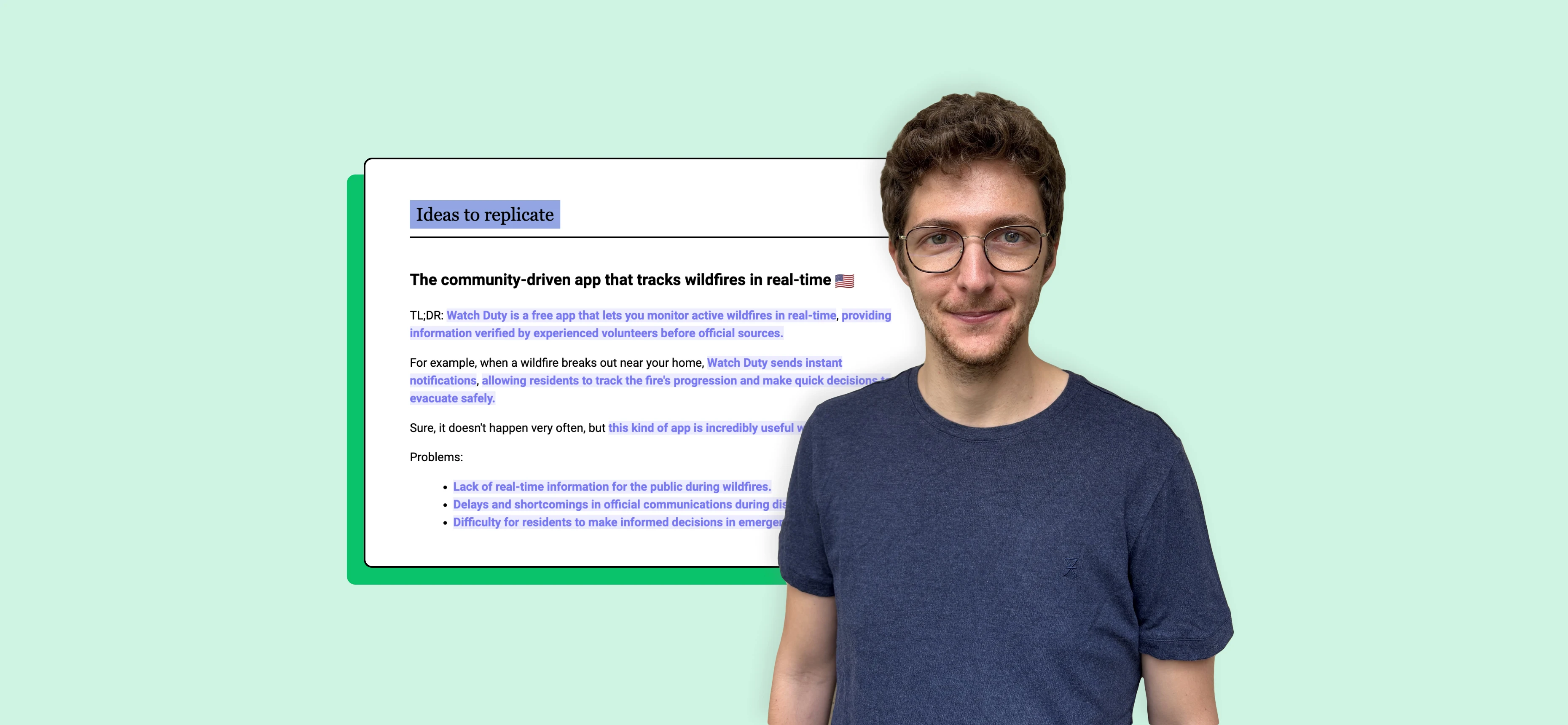
When a free subscriber clicks on the link to access the premium content they’re taken to a Stripe page to sign-up. Once they convert Yvan has an automation running that automatically adds them to the paid subscriber segment in MailerLite, so they start to receive the paid version of the newsletter.
It’s quite easy to separate free and premium subscribers. I just have a custom field in Mailerlite called Premium with the options Yes or No. I use this to make 2 segments. Then I send 2 versions of the newsletter each week: one for free subscribers and one for paid subscribers.
Build your paid newsletter today
Easily deliver paid newsletter content and build automations for as little as $10/month.
2. Brain Food by Farnam Street
Brain Food is one of the most popular newsletters in the world with over 750,000 subscribers. Described as “noise-canceling headphones for the internet” it shares carefully curated wisdom about productivity and learning.
The free newsletter includes “Tiny Thoughts” and “Insights”—a short collection of quotes and ideas, a book recommendation, and a “Mental Model of the Week”. Paid subscribers get various perks:
Ad-free podcast streams
Subscriber-only content
Access to courses
Ask Me Anything sessions with the author, Shane Parris
Transcripts of podcast episodes
Access to earlier releases of podcast episodes
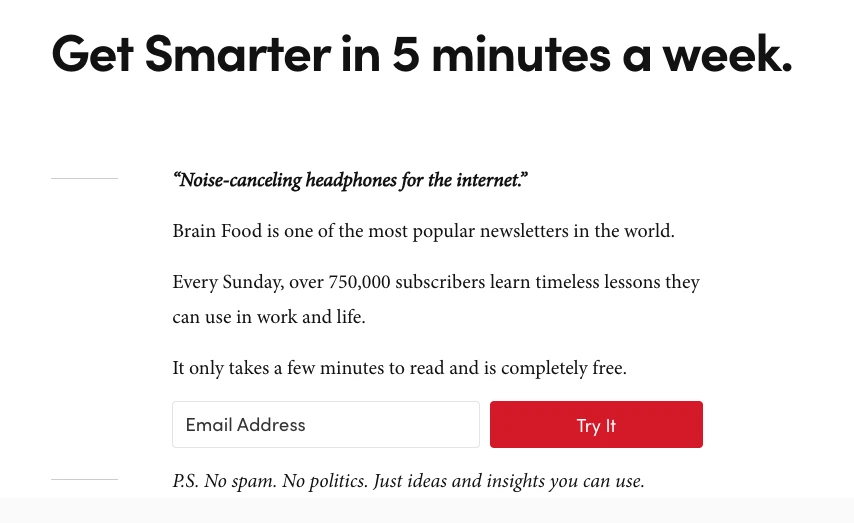
3. The Browser
The Browser has quickly gained a reputation as a go-to source for curated intellectual content. Its inception arose from the founder, Robert Cottrell's, passion for finding and sharing compelling articles, podcasts, and essays.
The main value subscribers stand to gain from The Browser lies in its expertly curated selection, meticulously chosen by Cottrell himself. By sifting through the overwhelming sea of information, he distills the most captivating and thought-provoking pieces, saving readers precious time and effort.
Additionally, Cottrell's personal commentary accompanying each pick adds a layer of context and insight, transforming the reading experience into a captivating journey of intellectual discovery.
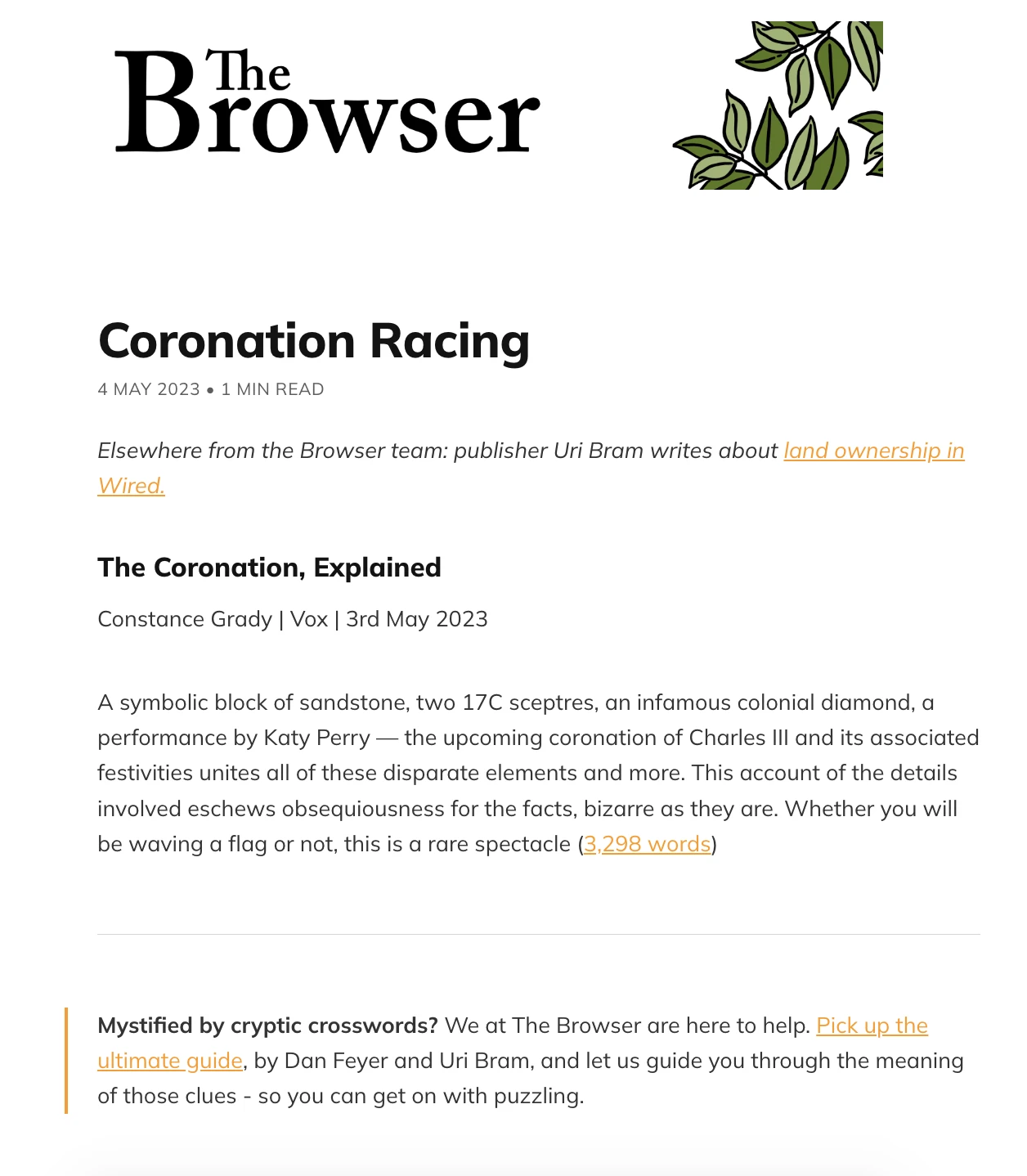
The home page cleverly showcases glowing customer reviews, along with a clear description of what to expect, and a sample version of the newsletter that is frequently updated to remain relevant.
The Browser offers 3 different signup services:
Free: A free taster of the daily curation newsletter ($0)
The Browser: The daily recommendation newsletter ($48 per year)
Friends of The Browser: Everything in The Browser plus a free subscription for a friend and a few more perks ($180 per year)
4. Stratechery
Stratechery was created by Ben Thompson, a former employee of Apple and Microsoft. This blog focuses on analyzing the business and strategy of technology and media and is even recommended by The New York Times. It’s no surprise that subscribers pay a fee to gain access to Stratechery’s most exclusive content.
Weekly articles are free on the website, but to access an additional three daily updates a week, a subscription is available for $12 a month or $120 a year.
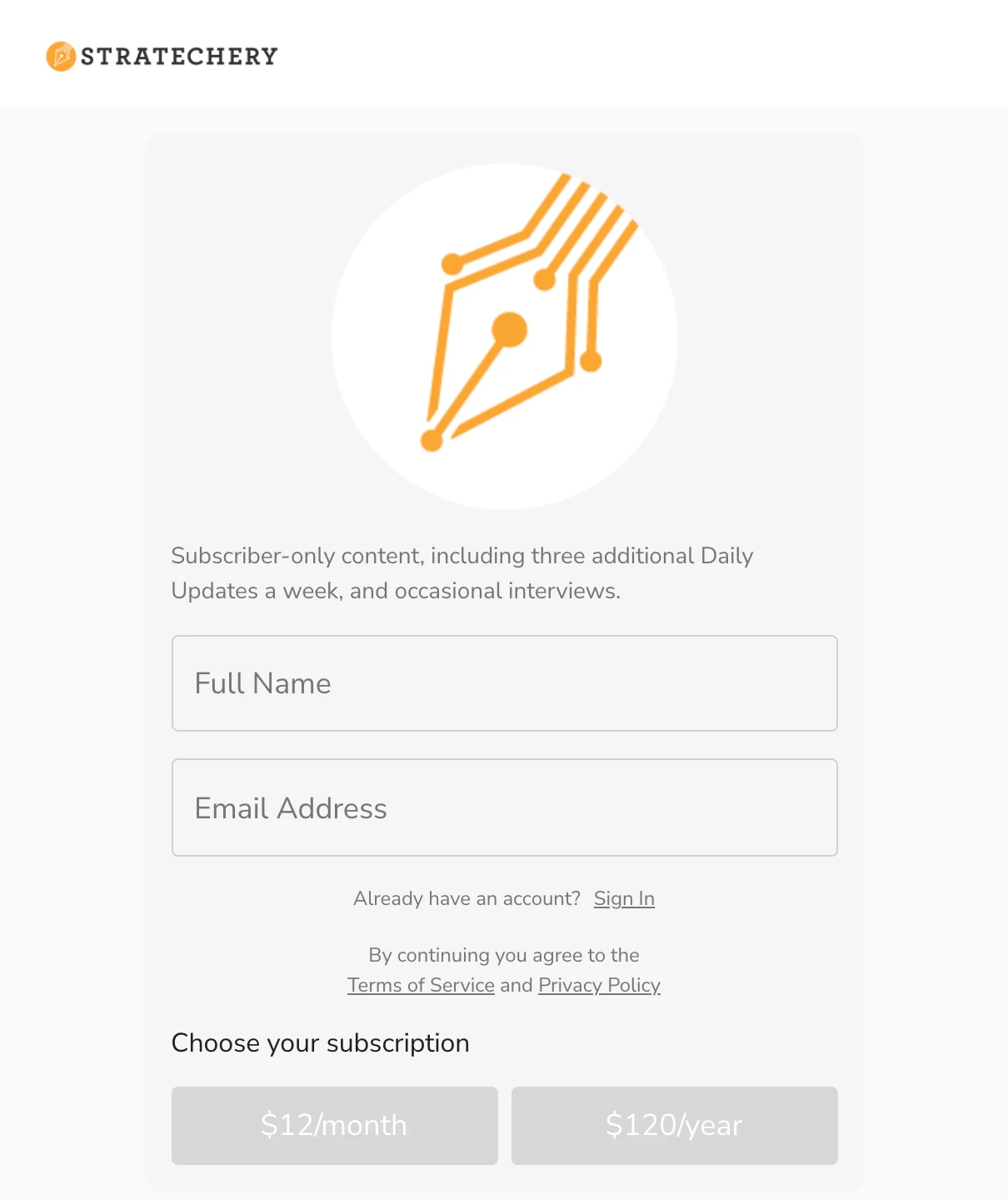
5. Heated
This is another great example of how to monetize your expertise in the form of a newsletter. Not only does Heated owner Emily Atkin have the writing chops thanks to her being a journalist, but she also has a strong passion for solving the climate crisis. With the two combined she’s created a winning paid newsletter subscription.
Before subscribers opt for a paid subscription, they can check out what to expect in Heated’s free blog, which is updated with fresh content and news frequently. Similar to Sinocism, when you sign up to the newsletter, you’re directed to a landing page with the most premium plan pre-selected. From there, subscribers can opt for Free, Monthly, Yearly or Founding member plans.
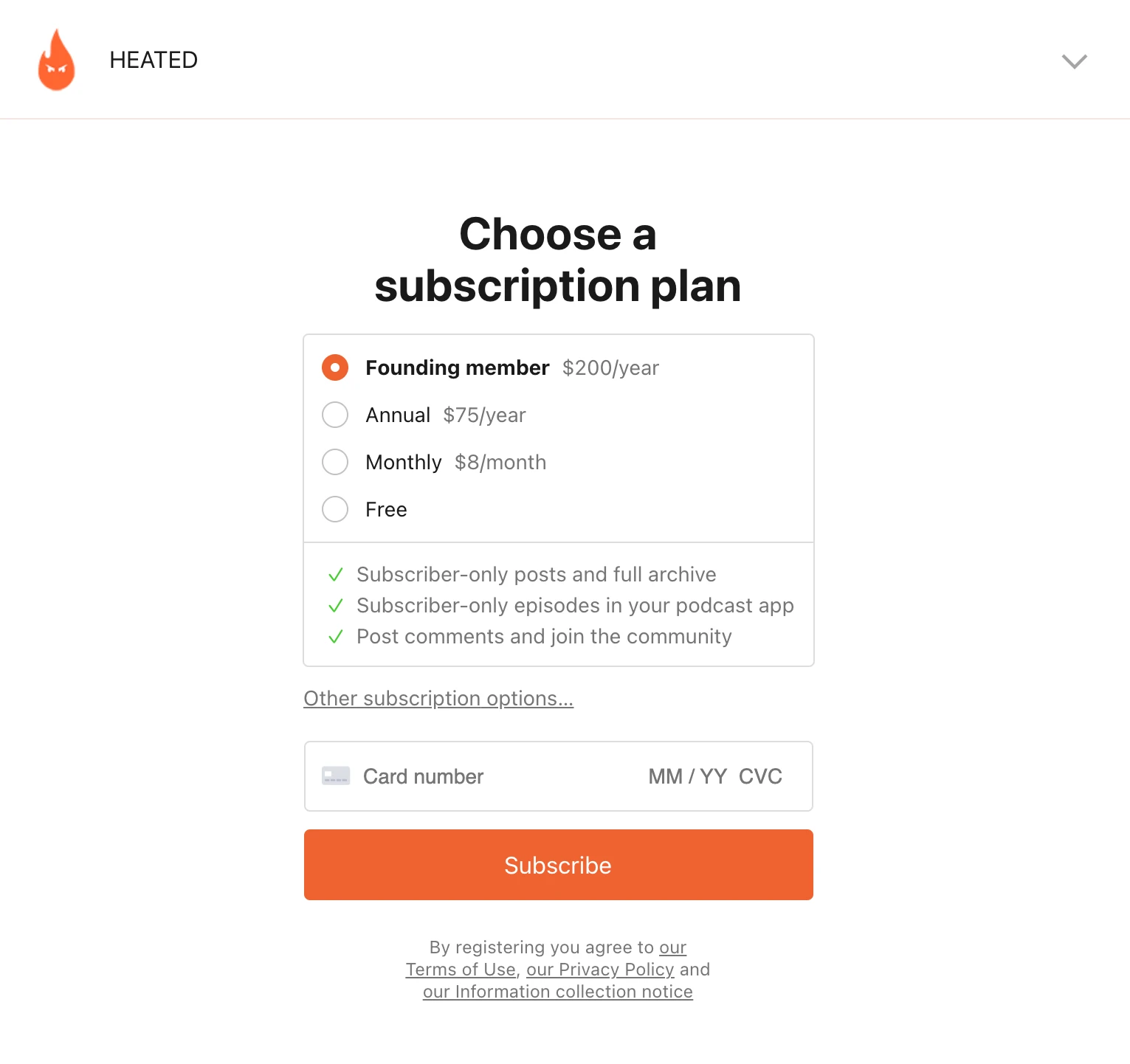
Best practices for starting and running a paid newsletter
Have we tempted you to launch that paid newsletter? Here’s how to make the most of it when you get up and running!
Create a referral program and reward fans
Growing an audience for your newsletter is tough, but you can give yourself a serious helping hand by implementing a referral system. With tools like Partnero, you can build your own newsletter referral system that gives subscribers prizes for referring people to your newsletter. What’s more is that they integrate seamlessly with MailerLite so you can automate things like personalized thank you emails to recognize their efforts.
Search Engine Optimization (SEO) influencer Aleyda Solis has used this strategy to scale her newsletter to over 30k subscribers. She offers rewards from a shout-out on her X account all the way to a 1 hour SEO hangout with her.
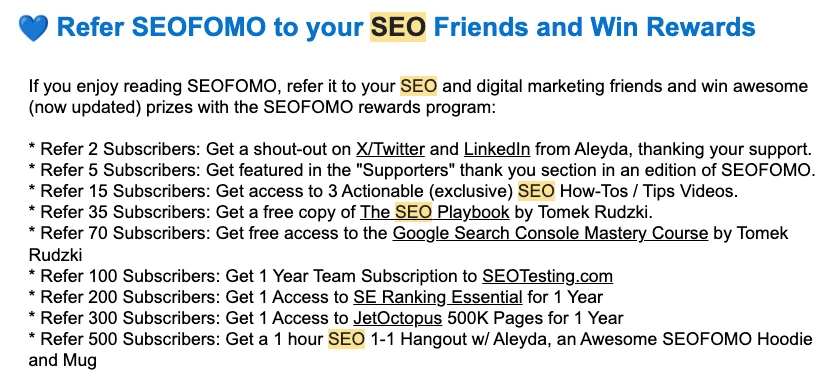
Use analytics testing tools to improve and see what works
Sometimes you send out a newsletter that knocks it out of the park—forwards, replies, high open rates, high click-through rates (CTRs)—and other times your content might fall a little flat… Tracking what works best and what doesn’t is one of the best ways to help you understand what content works best for your audience.
With MailerLite you get insights into your newsletter's performance, including link clicks, open rates, CTRs, unsubscribed, and more. And you can also run A/B tests to see what type of content performs best. One of our customers, Colin from KC Tool, used A/B testing to seriously improve his email performance.
Automate subscriber feedback
You want to make sure your paid newsletter content is delivering as much value as possible, which is why you should automate a feedback request. Once a subscriber has been a paying subscriber for a while (enough time that they’ve become familiar with your paid newsletter content) ask them for their feedback or a testimonial.
As part of your automation to add paying subscribers to their own group, you can add a time-based delay that sends an email asking for a review after a few weeks. You can add a MailerLite survey block to collect the responses, this means the subscriber doesn’t have to click out of your email to give you their feedback.
You can then use the feedback to make consistent improvements to your newsletter content.
Did this blog inspire you to start a paid newsletter? Share yours below!
Editor's note: This post was originally published in October 2020 and has been updated with new insights and examples for 2025.
